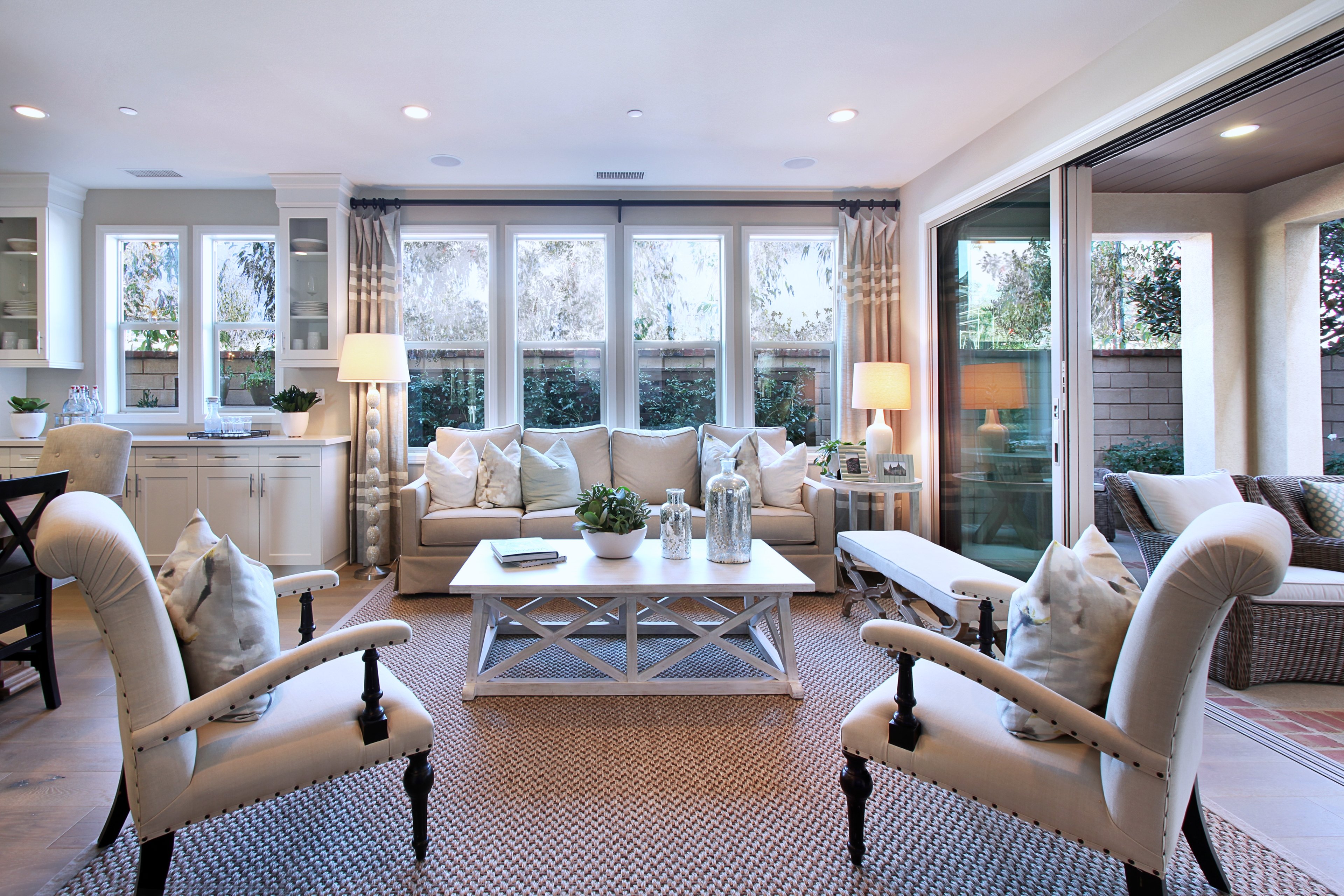Before you start painting the walls in your kitchen, it’s important to properly prep the surface for best results. This means ensuring that the walls are clean, smooth, and free of any imperfections. Use a mild cleanser and a sponge to wipe down the walls, paying special attention to any areas with grease or stains. If there are any holes or cracks, fill them in with spackling paste and sand them down until they are smooth. This will create a clean and even base for your paint.Prepping the Wall for Painting
One option for painting the walls in your kitchen is to do it before installing your cabinets. This can be a good choice if you want to avoid painting around your cabinets or if you plan on changing the color of your cabinets in the future. It also allows for easier access to the entire wall surface, as you won’t have to work around the cabinets. Just be sure to protect the floors and any other surfaces from drips or splatters.Painting Before Installing Cabinets
While painting before installing cabinets may seem like the more logical choice, painting after installation can also have its benefits. This allows you to see the full layout of your kitchen and how the color will look against the cabinets and other elements. It also eliminates the need for taping off cabinets and appliances, as they will already be in place. However, this method requires more precision and careful painting to avoid getting paint on your new cabinets.Painting After Installing Cabinets
When it comes to selecting a paint for your kitchen walls, there are a few things to consider. First, make sure to choose a high-quality paint that is specifically designed for kitchens or high-traffic areas. This will ensure durability and resistance to stains and moisture. You should also consider the color and finish of the paint. A light or neutral color can help make a small kitchen appear larger, while a bold color can add personality and make a statement. For finishes, a semi-gloss or satin sheen is best for kitchens as they are easier to clean.Choosing the Right Paint for Kitchen Walls
If you choose to paint your walls after installing your cabinets, it’s important to take precautions to protect them from paint. Cover the cabinets in plastic or use painter’s tape to create a barrier between the cabinets and the wall. You can also use drop cloths to protect the floors and countertops. It’s also a good idea to remove any shelves or drawers from the cabinets to avoid getting paint on them.Protecting Cabinets During Painting
Before painting your kitchen walls, it’s important to remove any hardware from the cabinets. This includes knobs, handles, and hinges. This will not only protect the hardware from getting paint on it, but it will also make painting around the cabinets much easier. You can either remove the hardware completely or cover it with painter’s tape.Removing Cabinet Hardware Before Painting
Priming the walls before painting is an important step that should not be skipped. This will create a smooth and even base for the paint to adhere to, resulting in a more professional-looking finish. Be sure to choose a primer that is specifically designed for the type of paint you will be using. Apply the primer with a roller or brush and allow it to dry completely before starting to paint.Priming the Wall Before Painting
When it comes to painting your kitchen walls, there are a few techniques you can use to achieve a flawless finish. First, use a paintbrush to cut in around the edges of the wall, corners, and trim. Then, use a roller to cover the rest of the wall with paint. Be sure to use long, even strokes and overlap each stroke slightly to avoid any visible lines. To avoid drips or runs, only load the roller with a small amount of paint at a time.Painting Techniques for Kitchen Walls
After installing your cabinets, you may notice some areas that need touch-ups. This could be from accidentally getting paint on the cabinets or from the cabinets rubbing against the walls during installation. To fix these areas, use a small paintbrush to carefully touch up the paint. You may need to do multiple coats to ensure a seamless finish.Touching Up Paint After Cabinet Installation
To ensure that your freshly painted walls in the kitchen stay looking great for years to come, it’s important to seal them. This will protect the paint from stains, moisture, and wear and tear. You can use a clear topcoat or a sealer specifically designed for painted surfaces. Apply the sealer according to the manufacturer’s instructions and allow it to dry completely before using your kitchen.Sealing Painted Walls for Durability
Why Painting Your Walls Before Installing Kitchen Cabinets is the Best Option

The Importance of Proper Planning in House Design
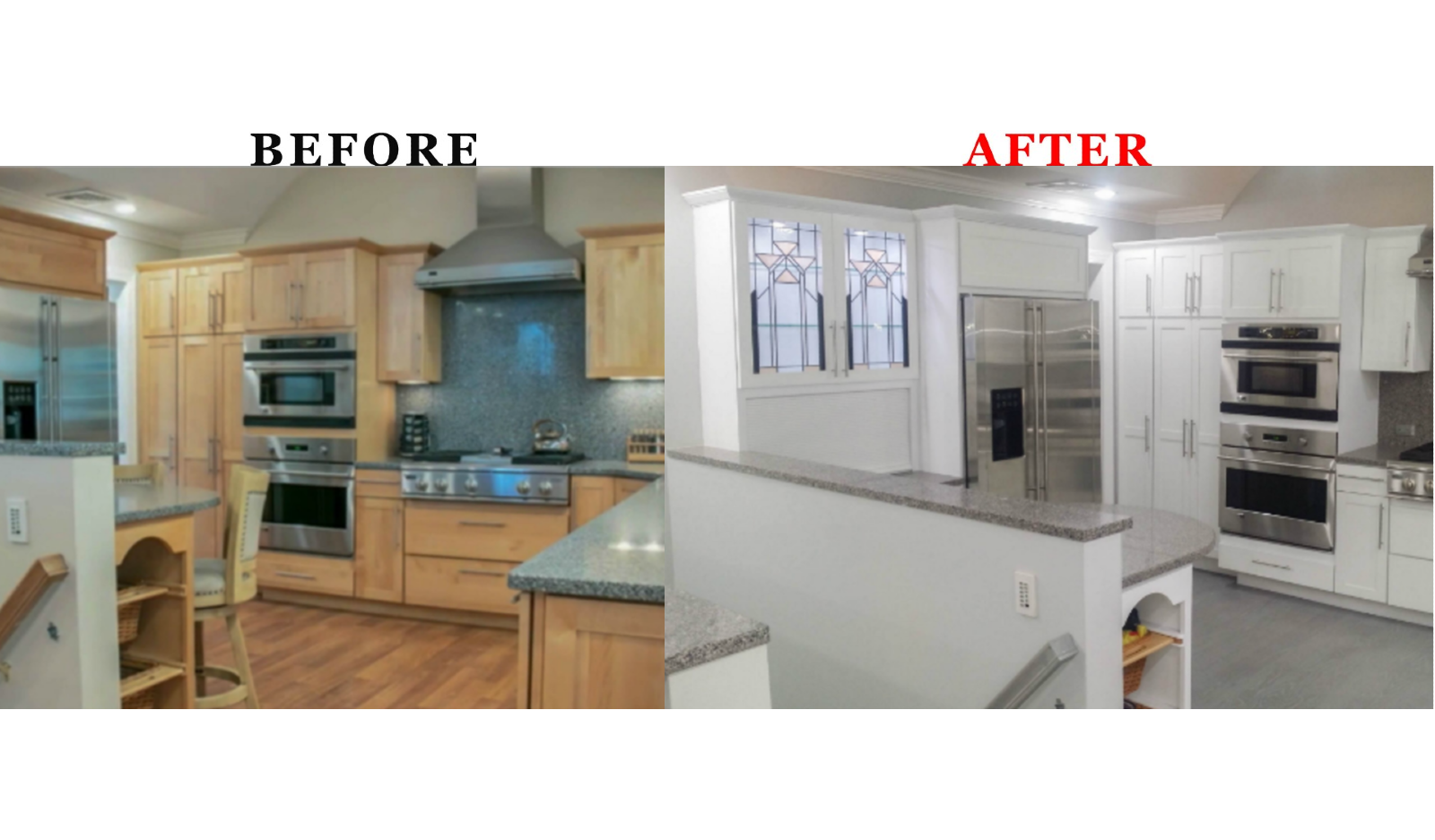 When designing your dream house, it is crucial to carefully plan and consider all aspects, including the order of tasks to be completed. One important decision to make is whether to
paint your walls before or after installing the kitchen cabinets.
While it may seem like a trivial matter, it can significantly impact the overall look and functionality of your kitchen. In this article, we will discuss why
painting your walls before installing kitchen cabinets is the best option.
When designing your dream house, it is crucial to carefully plan and consider all aspects, including the order of tasks to be completed. One important decision to make is whether to
paint your walls before or after installing the kitchen cabinets.
While it may seem like a trivial matter, it can significantly impact the overall look and functionality of your kitchen. In this article, we will discuss why
painting your walls before installing kitchen cabinets is the best option.
Efficiency and Convenience
 Painting your walls before installing kitchen cabinets
allows for a more efficient and convenient process. When the walls are bare and the cabinets have not been installed, painters have full access to the walls, making it easier to paint and achieve a professional finish. This eliminates the need to work around the cabinets, which can be time-consuming and may result in uneven paint application.
In addition,
painting before installing cabinets
allows for better maneuverability and prevents damage to the cabinets. Installing cabinets can be a messy job, and accidentally spilling paint on them can be a costly mistake. By painting beforehand, you can avoid any potential damage and ensure that your cabinets remain in pristine condition.
Painting your walls before installing kitchen cabinets
allows for a more efficient and convenient process. When the walls are bare and the cabinets have not been installed, painters have full access to the walls, making it easier to paint and achieve a professional finish. This eliminates the need to work around the cabinets, which can be time-consuming and may result in uneven paint application.
In addition,
painting before installing cabinets
allows for better maneuverability and prevents damage to the cabinets. Installing cabinets can be a messy job, and accidentally spilling paint on them can be a costly mistake. By painting beforehand, you can avoid any potential damage and ensure that your cabinets remain in pristine condition.
Visual Cohesion
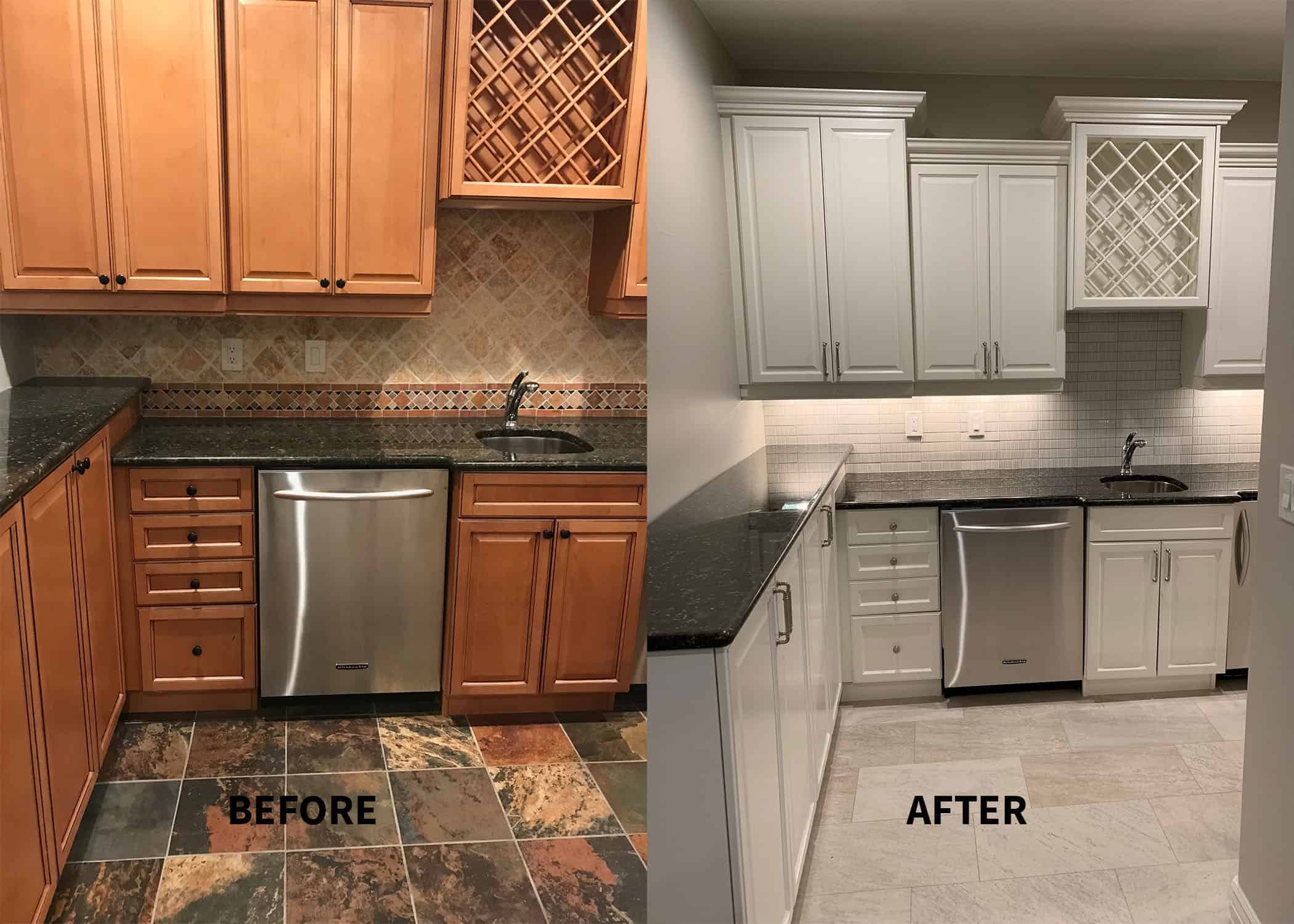 Painting your walls before installing kitchen cabinets
also ensures a visually cohesive and harmonious look in your kitchen. When you paint your walls after installing the cabinets, there may be visible gaps between the wall and the cabinets, resulting in an unpolished look. Painting beforehand allows for a seamless transition between the cabinets and the walls, creating a visually appealing and cohesive design.
Furthermore, when choosing the color for your walls, it is essential to consider the color and style of your cabinets. Painting before installing the cabinets gives you the opportunity to test different color options and see how they complement your cabinets. This allows for more flexibility and the ability to make changes if necessary.
Painting your walls before installing kitchen cabinets
also ensures a visually cohesive and harmonious look in your kitchen. When you paint your walls after installing the cabinets, there may be visible gaps between the wall and the cabinets, resulting in an unpolished look. Painting beforehand allows for a seamless transition between the cabinets and the walls, creating a visually appealing and cohesive design.
Furthermore, when choosing the color for your walls, it is essential to consider the color and style of your cabinets. Painting before installing the cabinets gives you the opportunity to test different color options and see how they complement your cabinets. This allows for more flexibility and the ability to make changes if necessary.
Final Thoughts
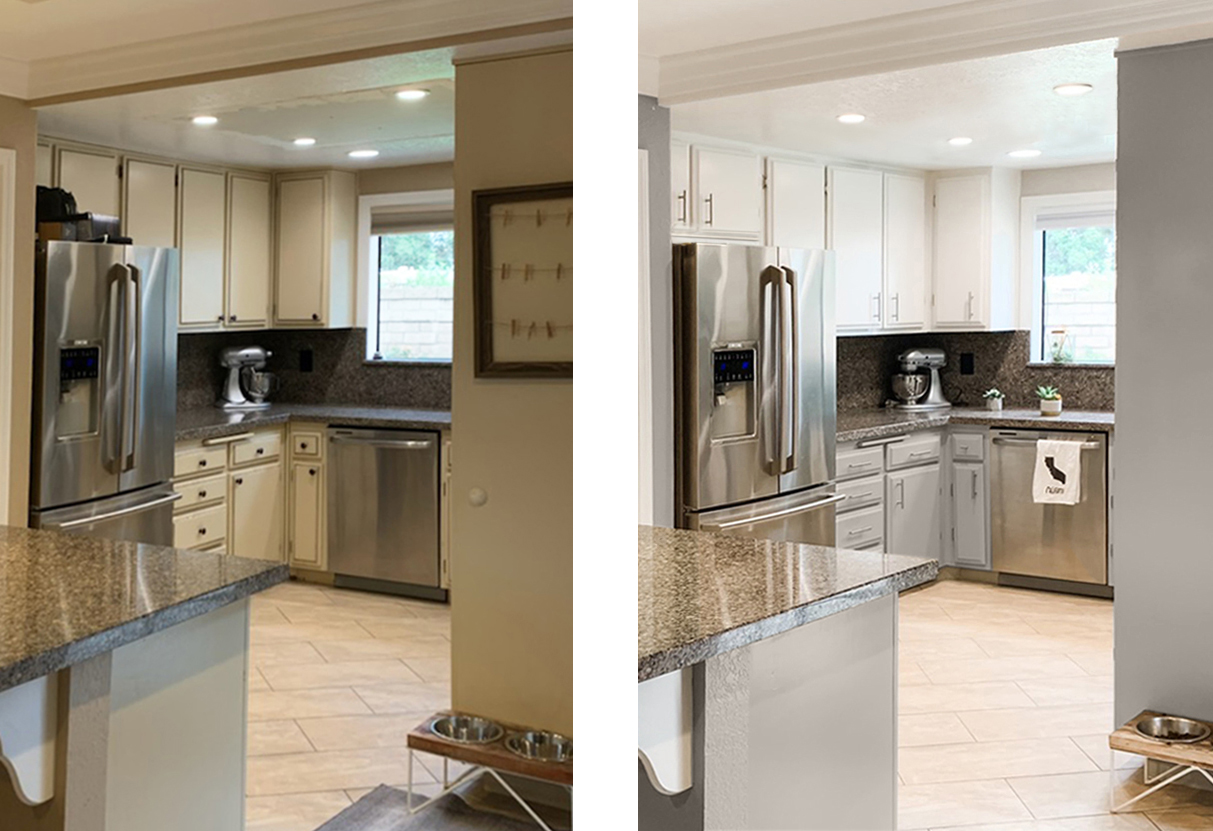 In conclusion,
painting your walls before installing kitchen cabinets
is the best option for efficiency, convenience, and achieving a visually cohesive design. It allows for a smoother painting process, prevents potential damage to the cabinets, and ensures a seamless and polished look in your kitchen. So, before you embark on your kitchen renovation journey, make sure to add
painting before installing cabinets
to your list of tasks. Your future self will thank you for it.
In conclusion,
painting your walls before installing kitchen cabinets
is the best option for efficiency, convenience, and achieving a visually cohesive design. It allows for a smoother painting process, prevents potential damage to the cabinets, and ensures a seamless and polished look in your kitchen. So, before you embark on your kitchen renovation journey, make sure to add
painting before installing cabinets
to your list of tasks. Your future self will thank you for it.









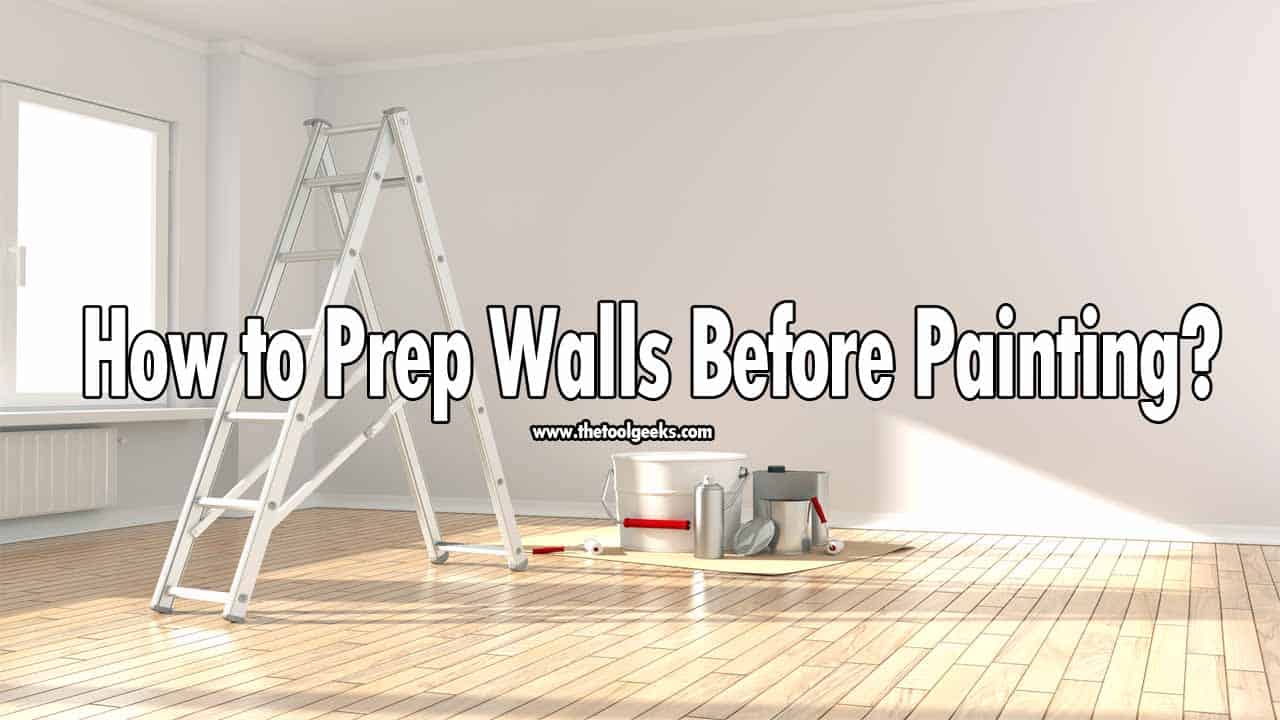
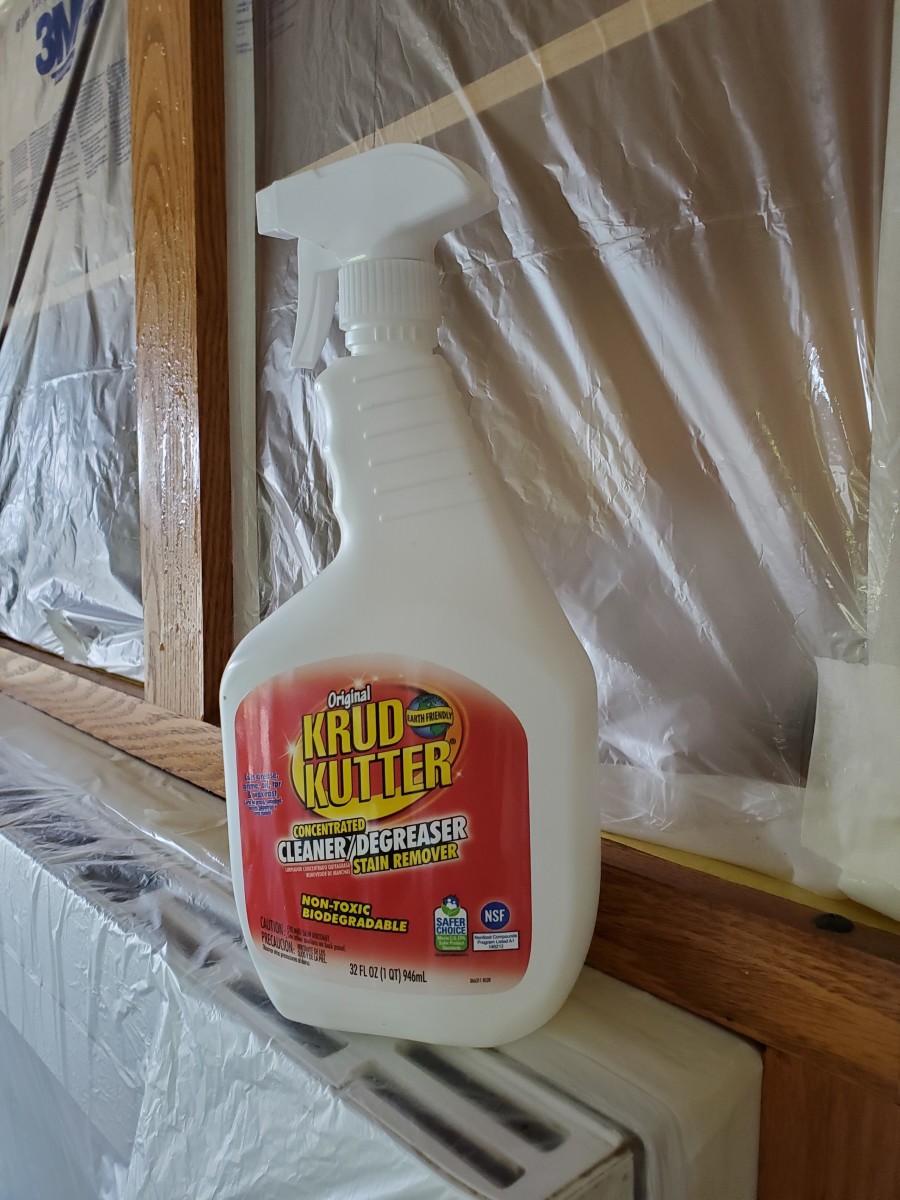

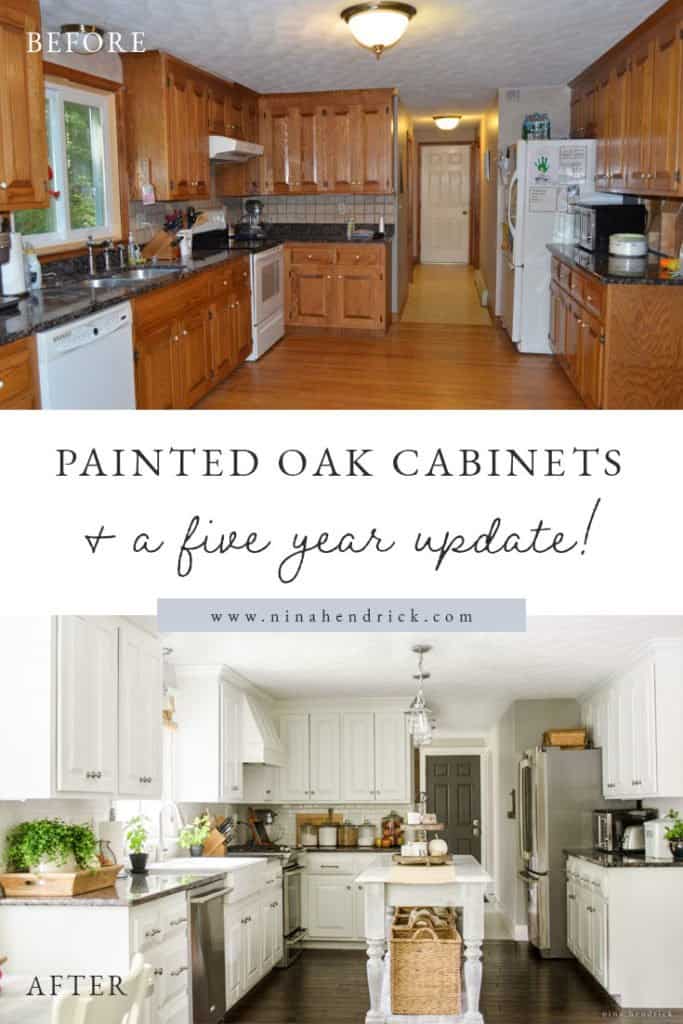



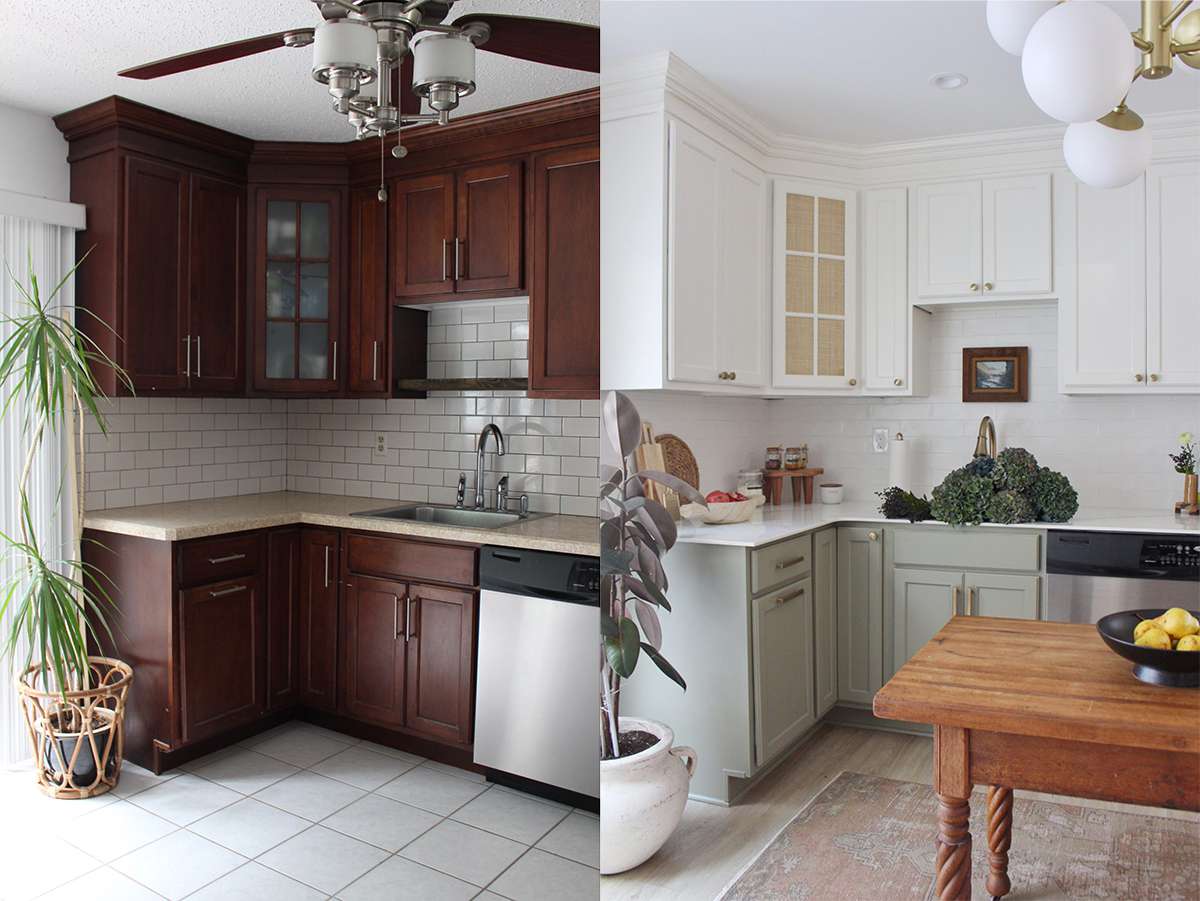
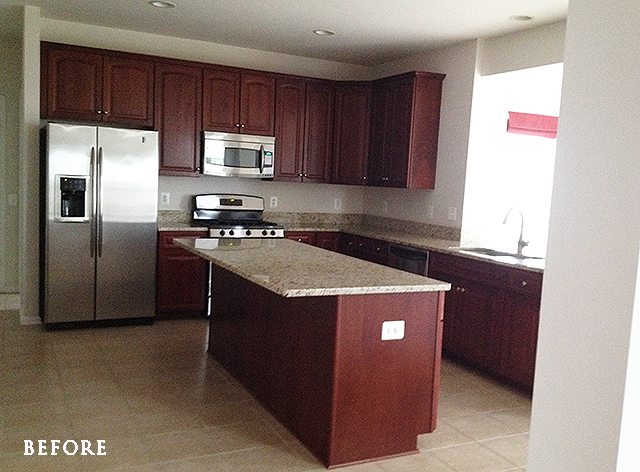

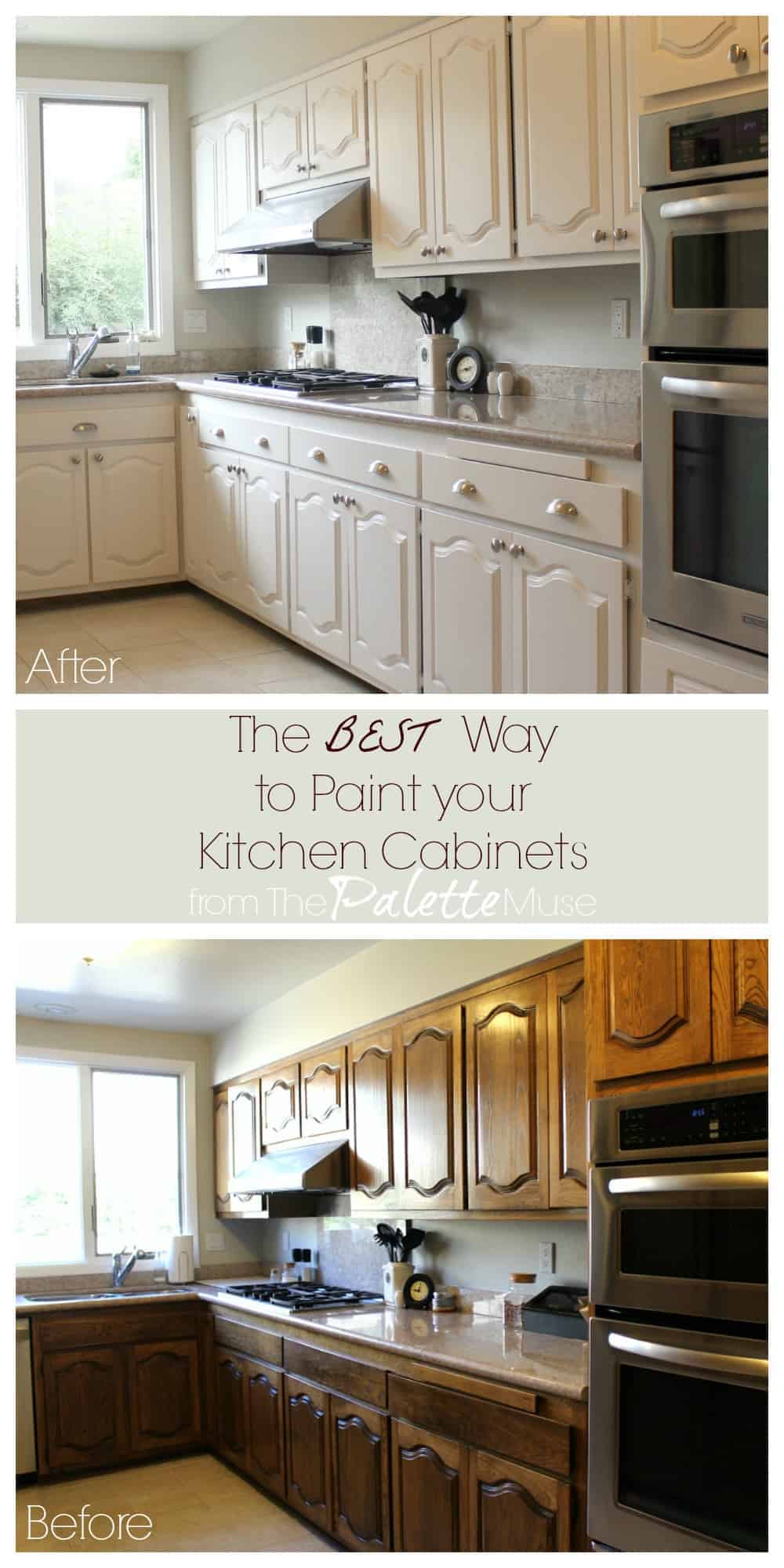

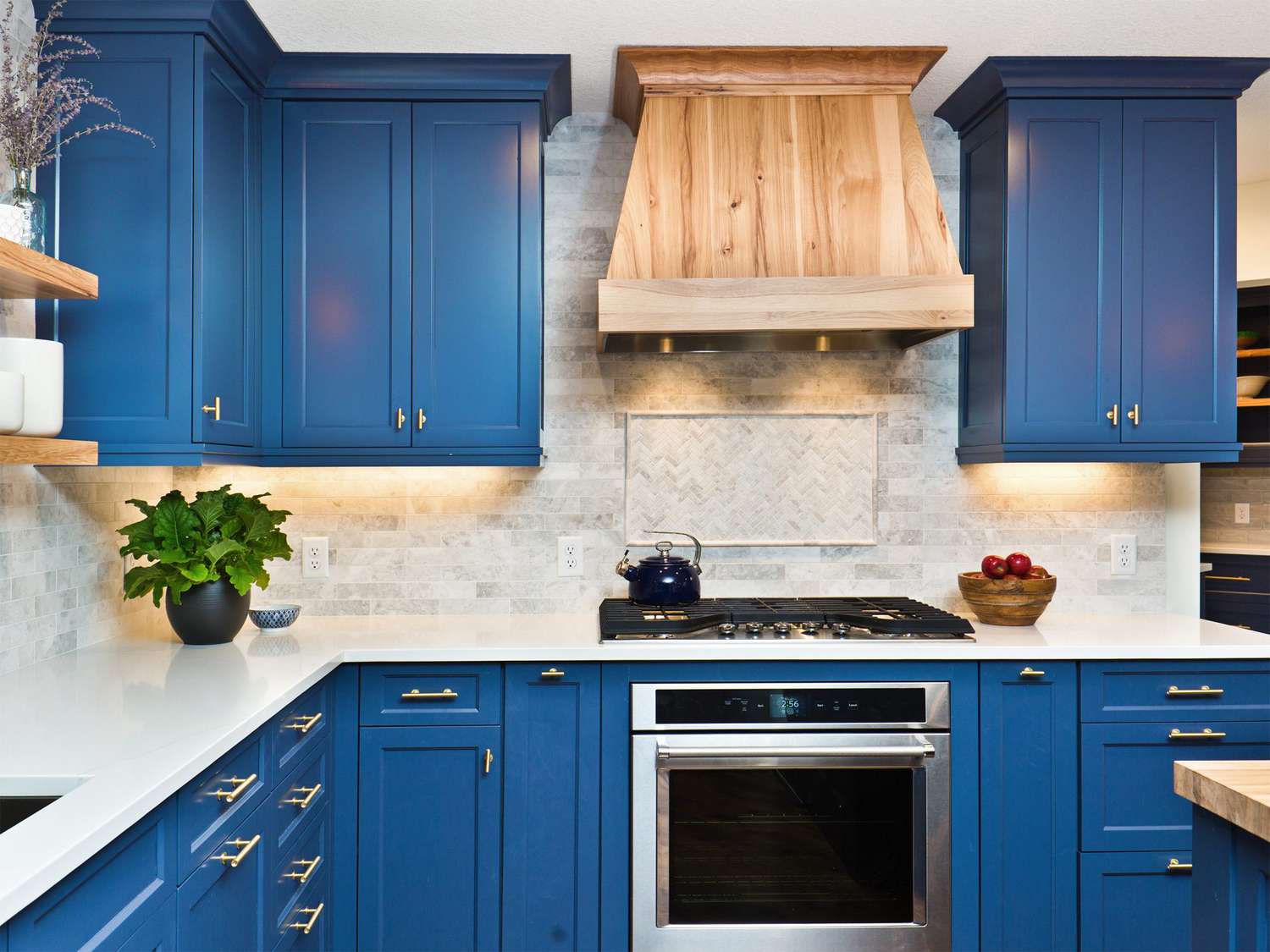


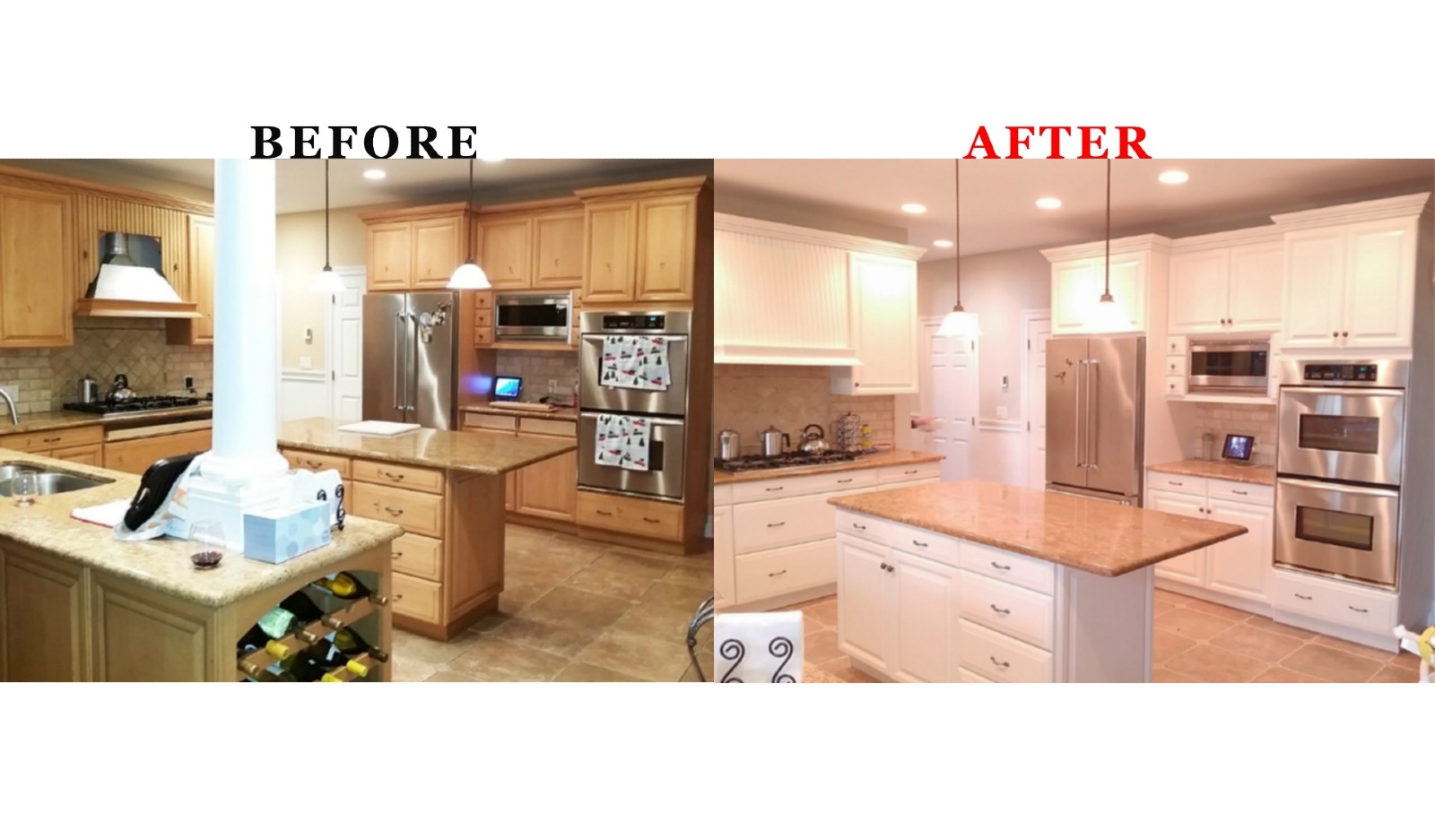

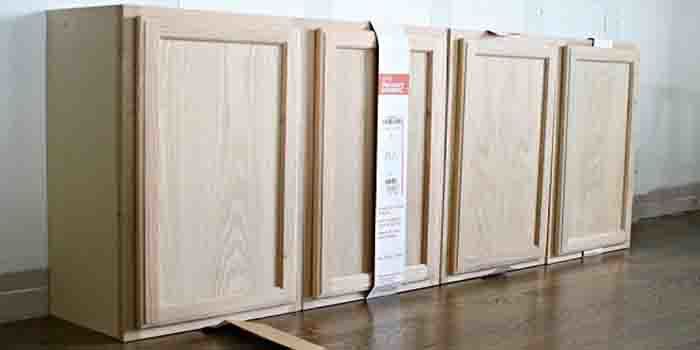




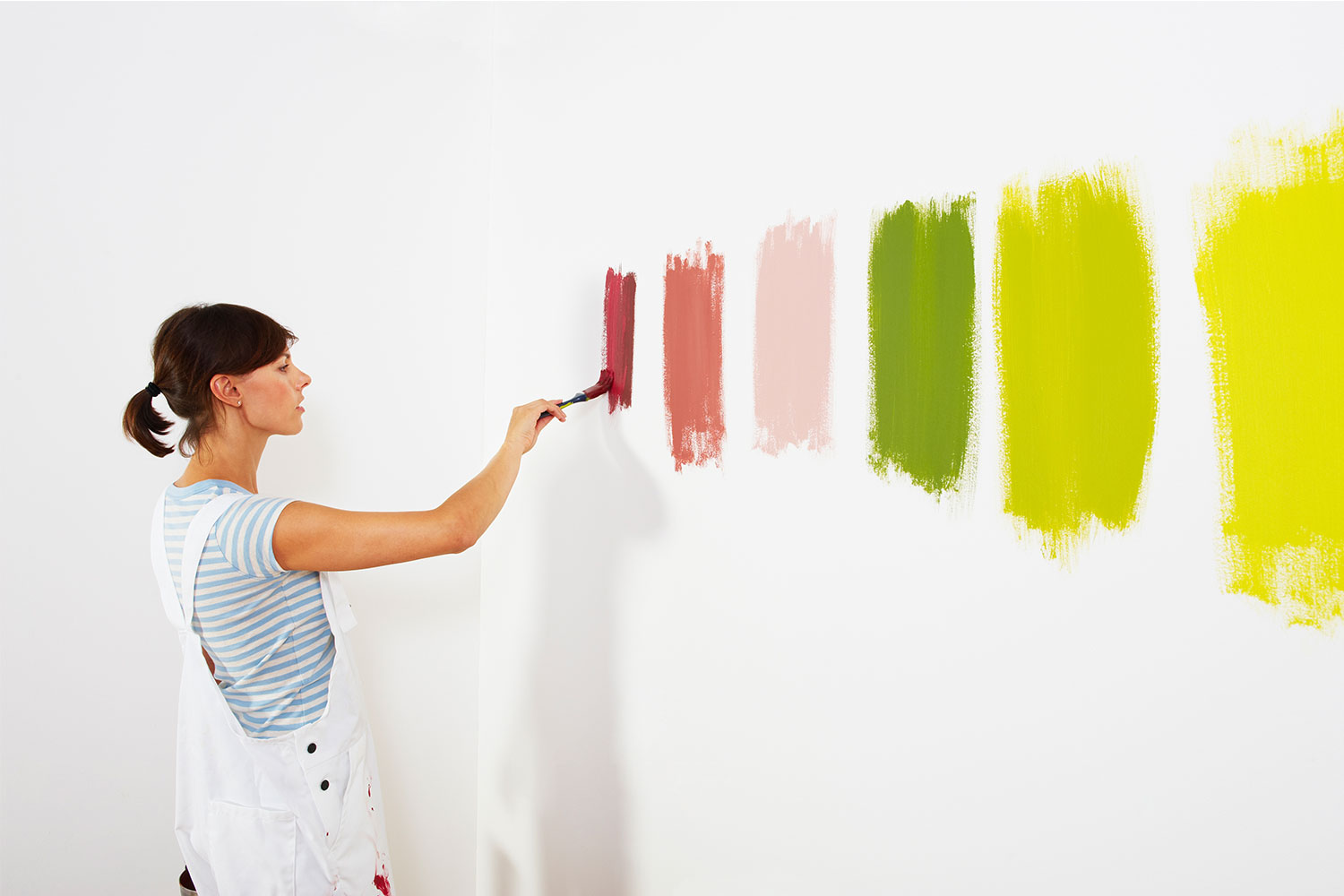
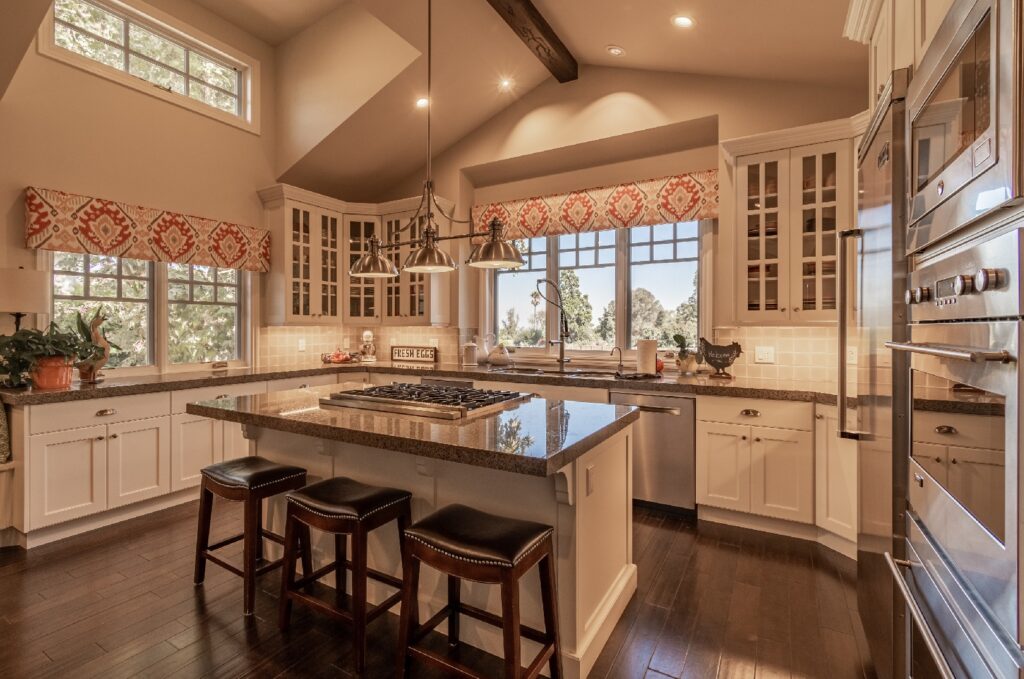













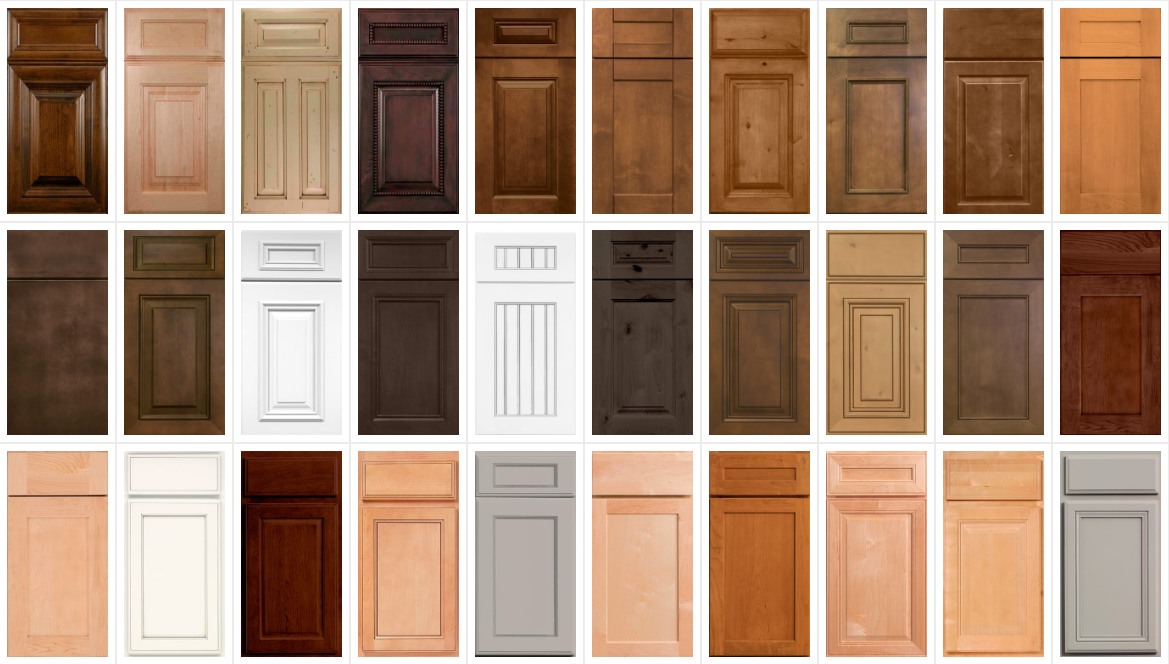

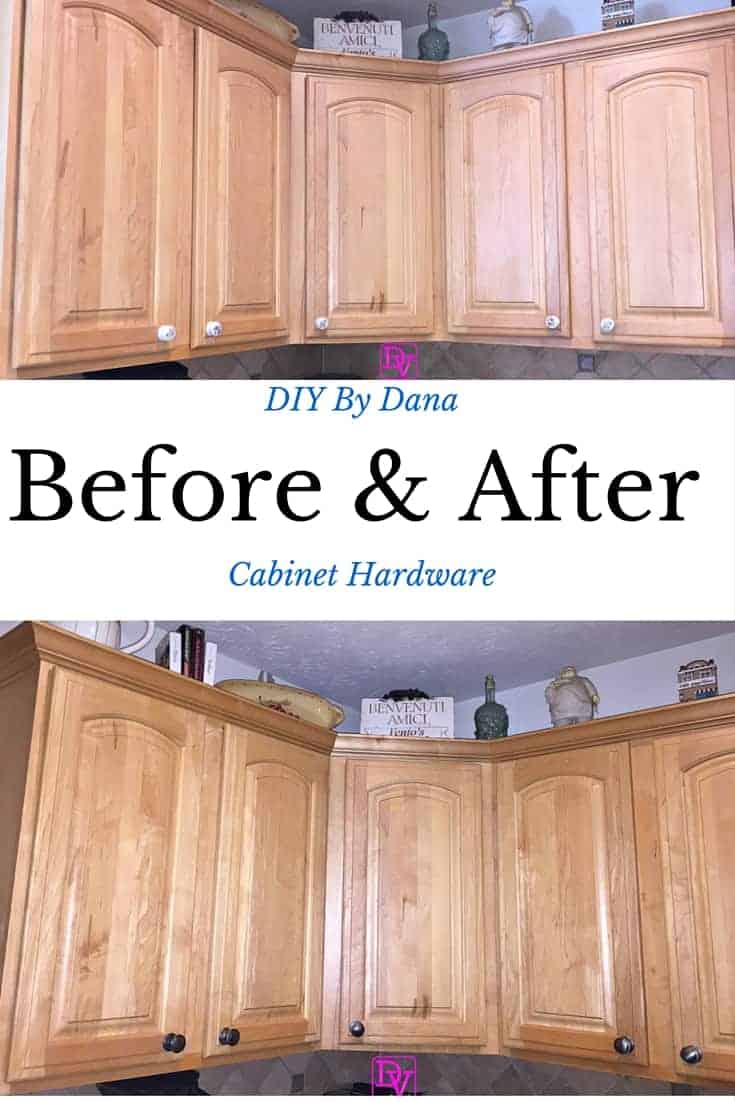




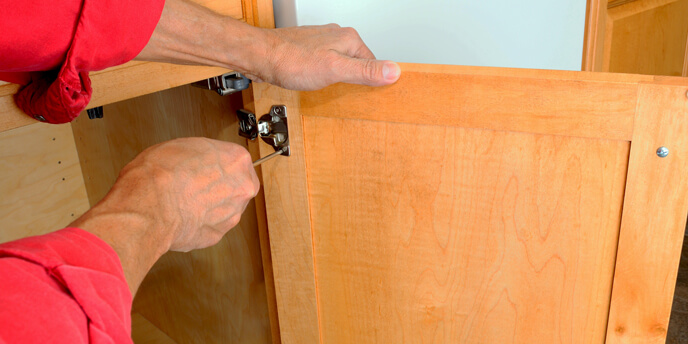


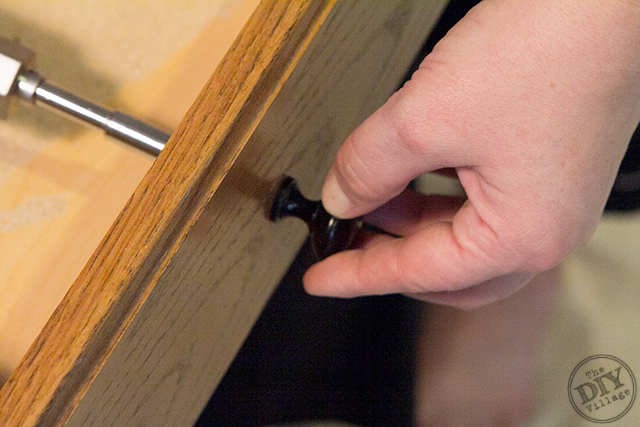
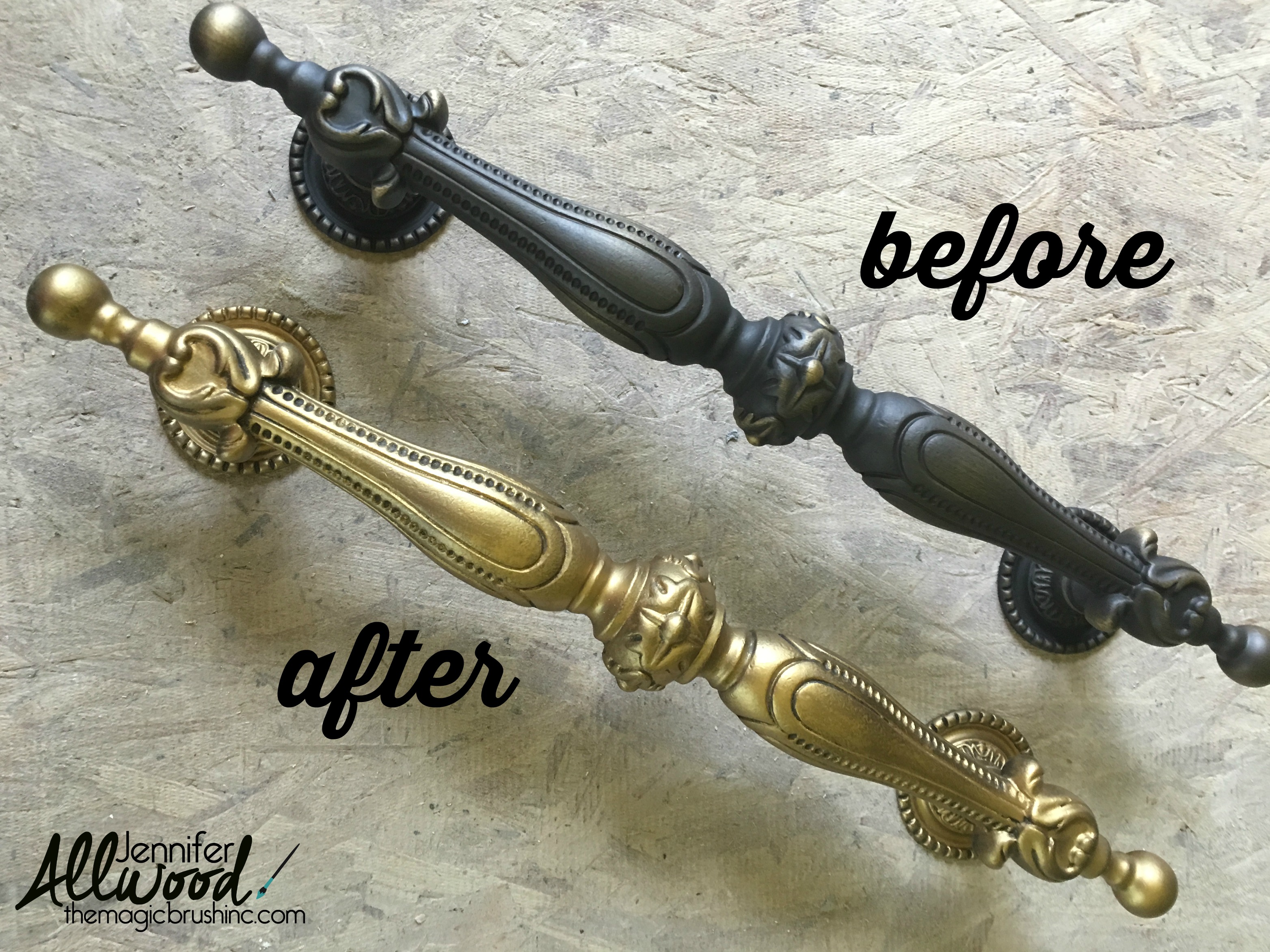




/priming-the-wall-white-590104098-57caf4eb3df78c71b6488458.jpg)
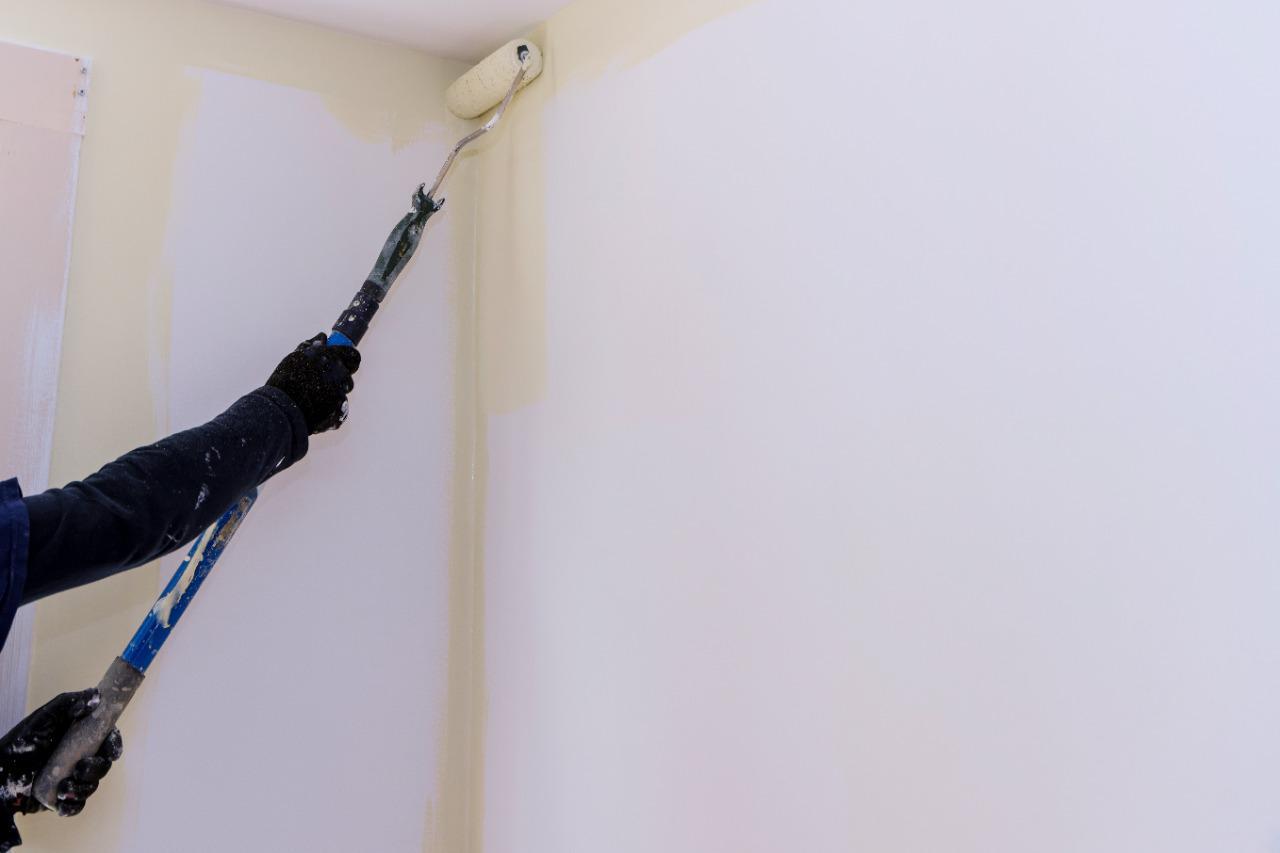
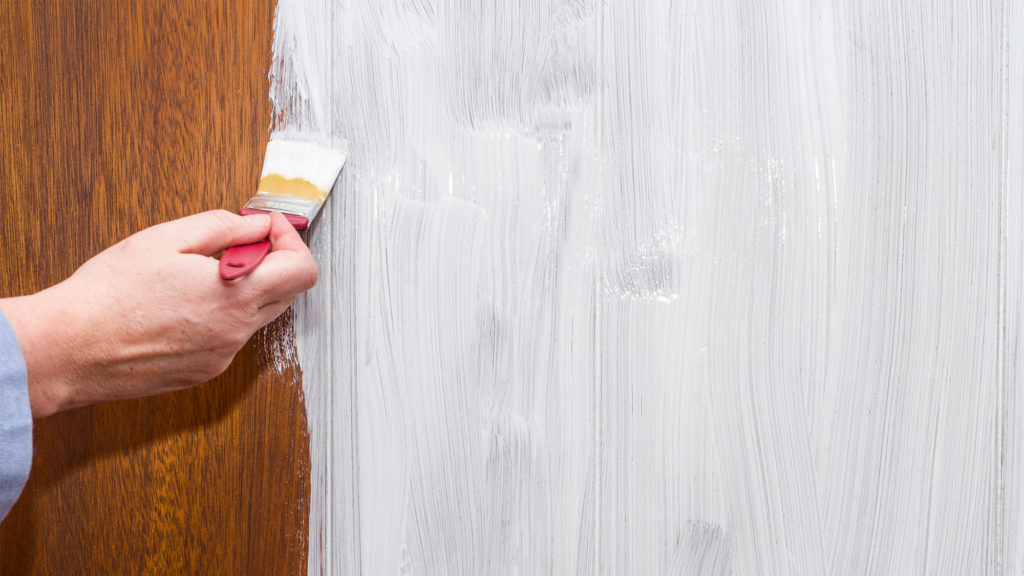
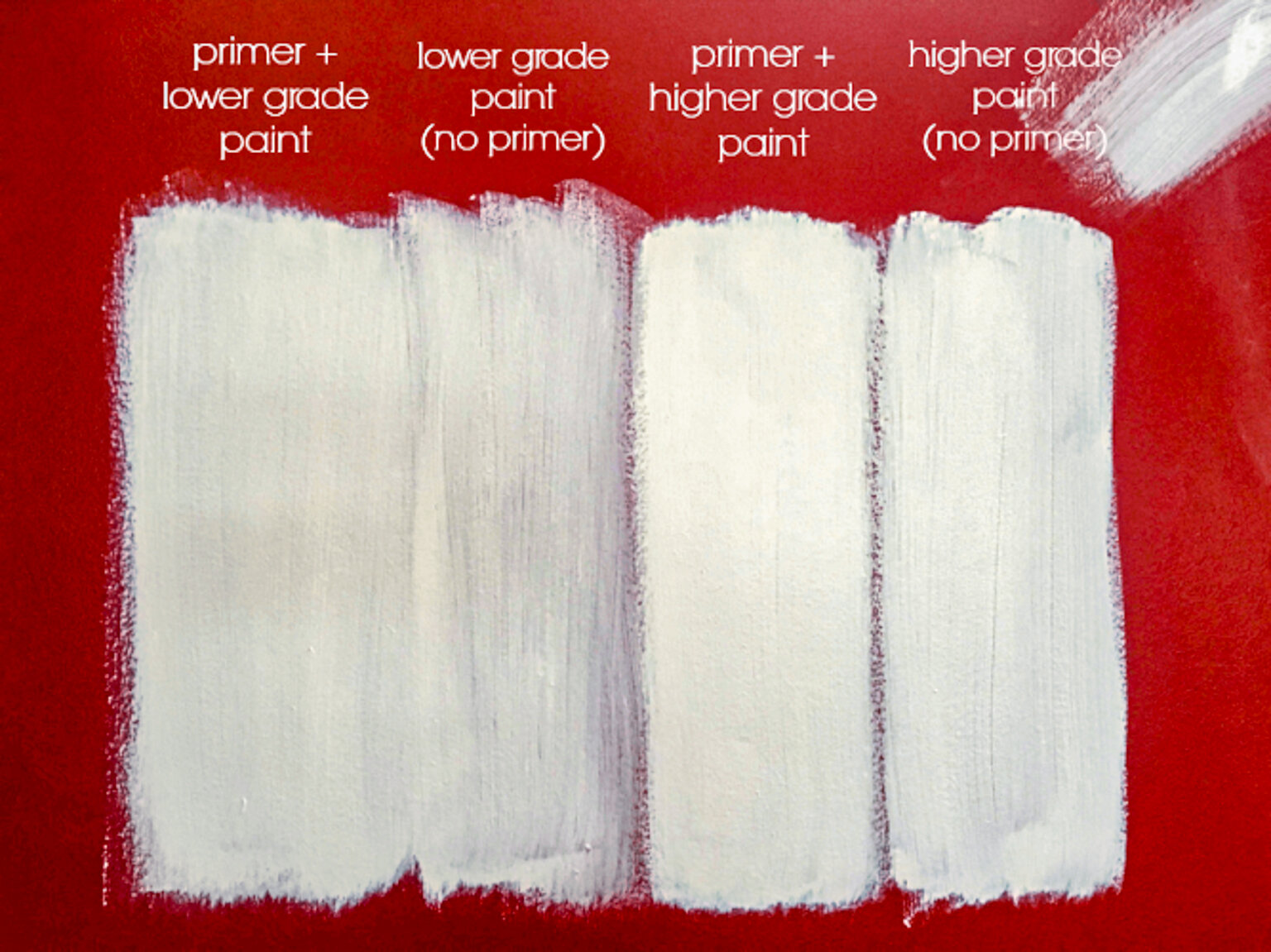
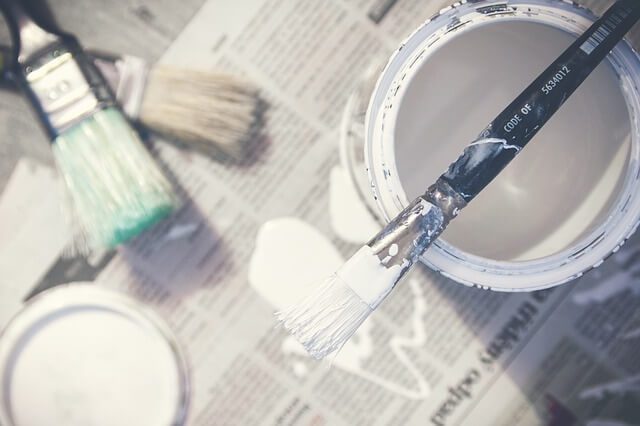



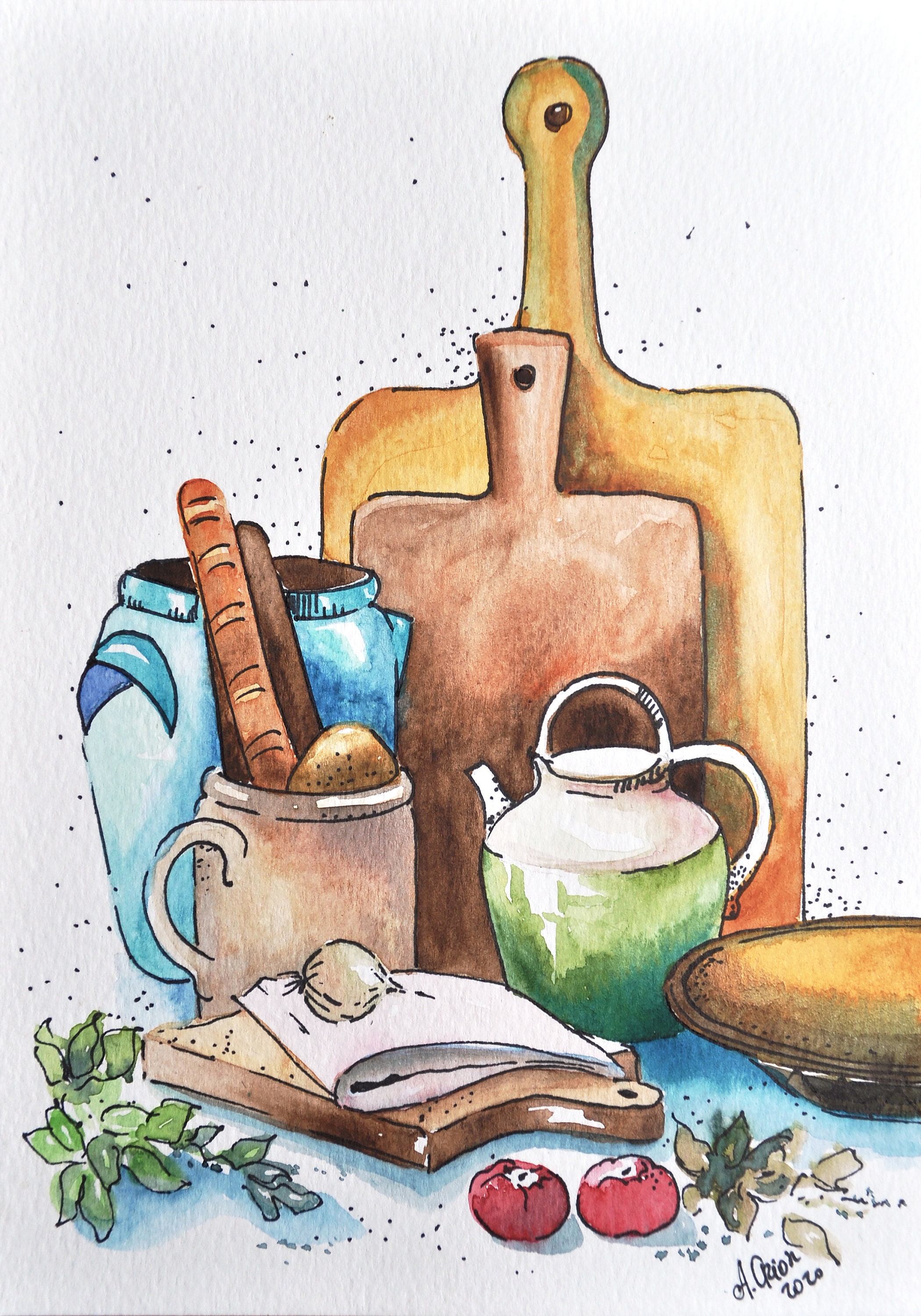
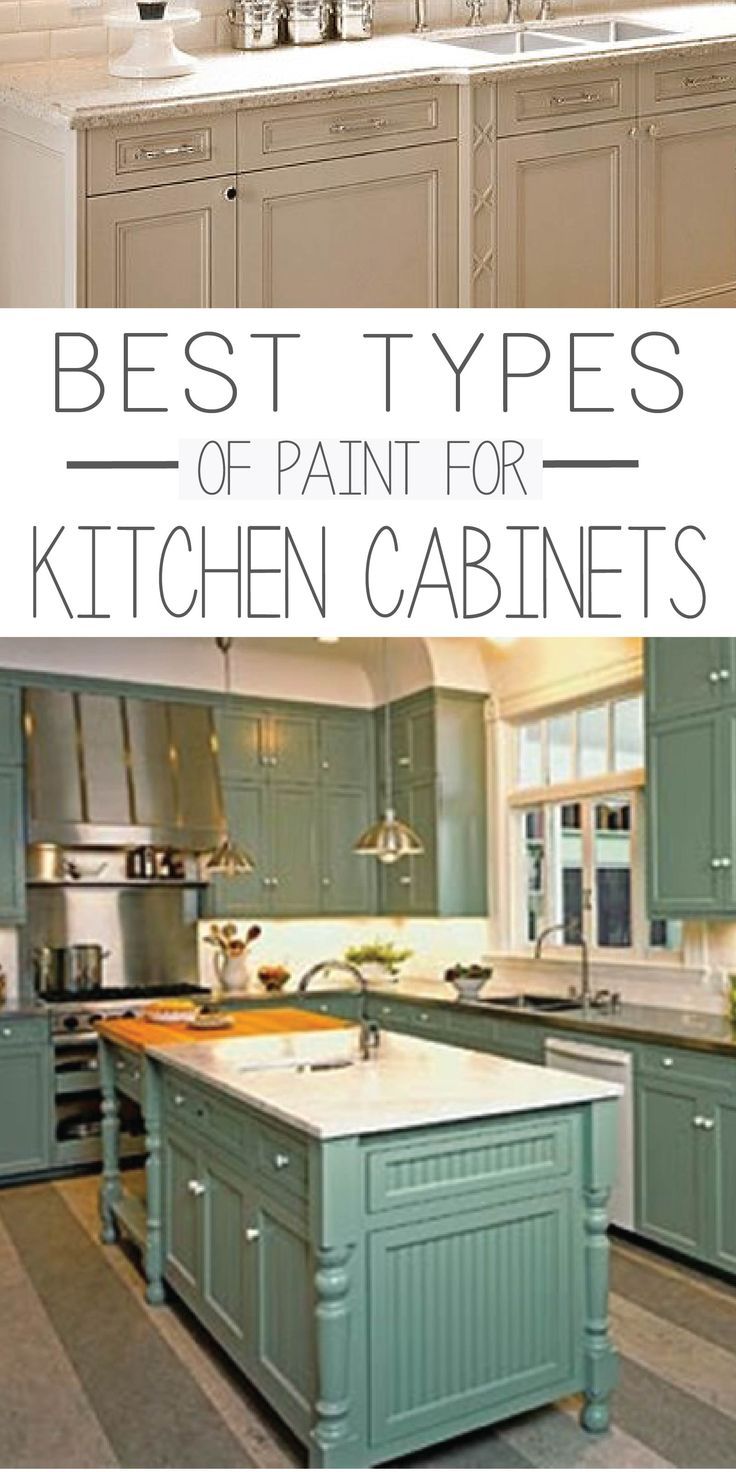
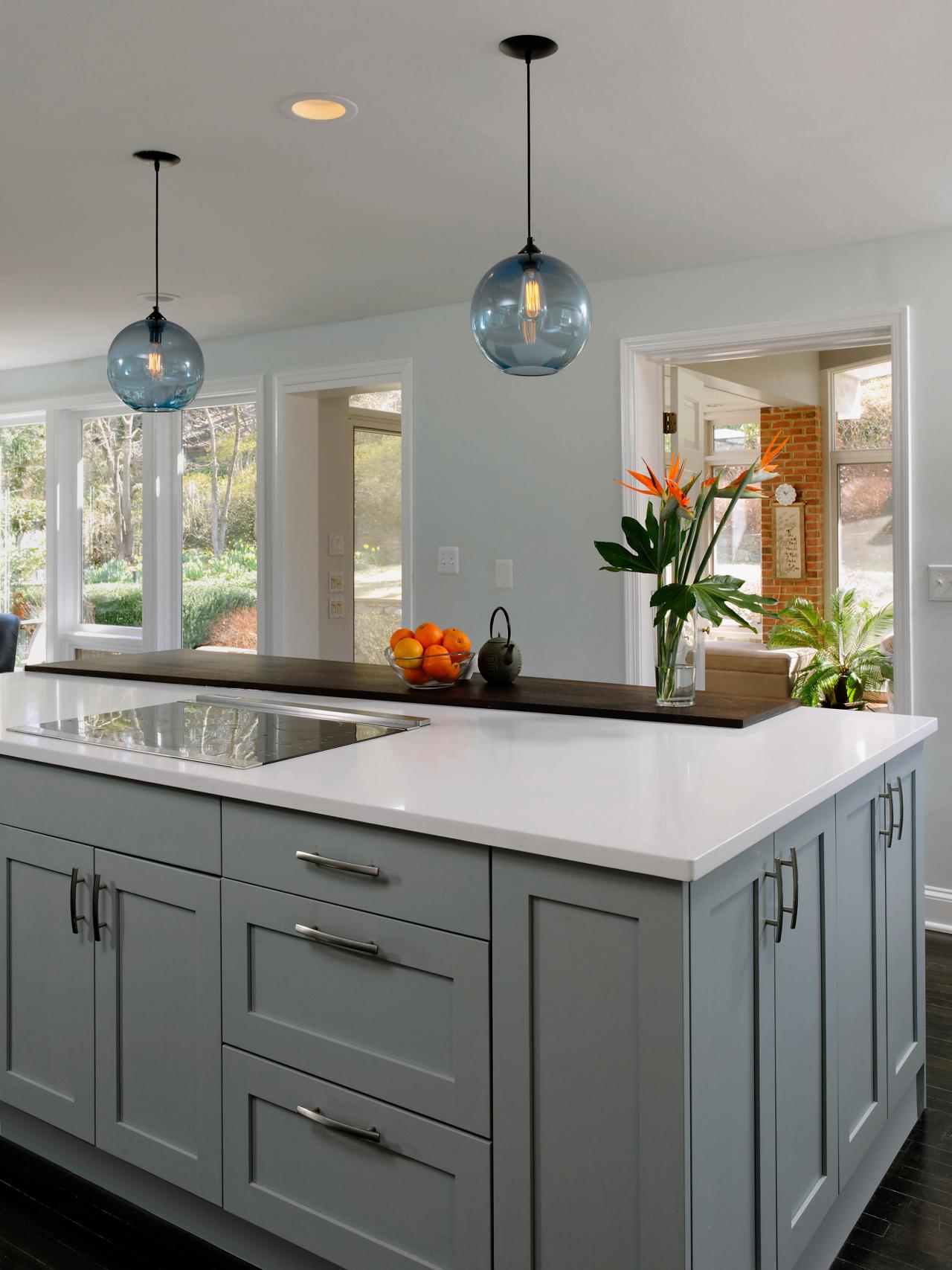



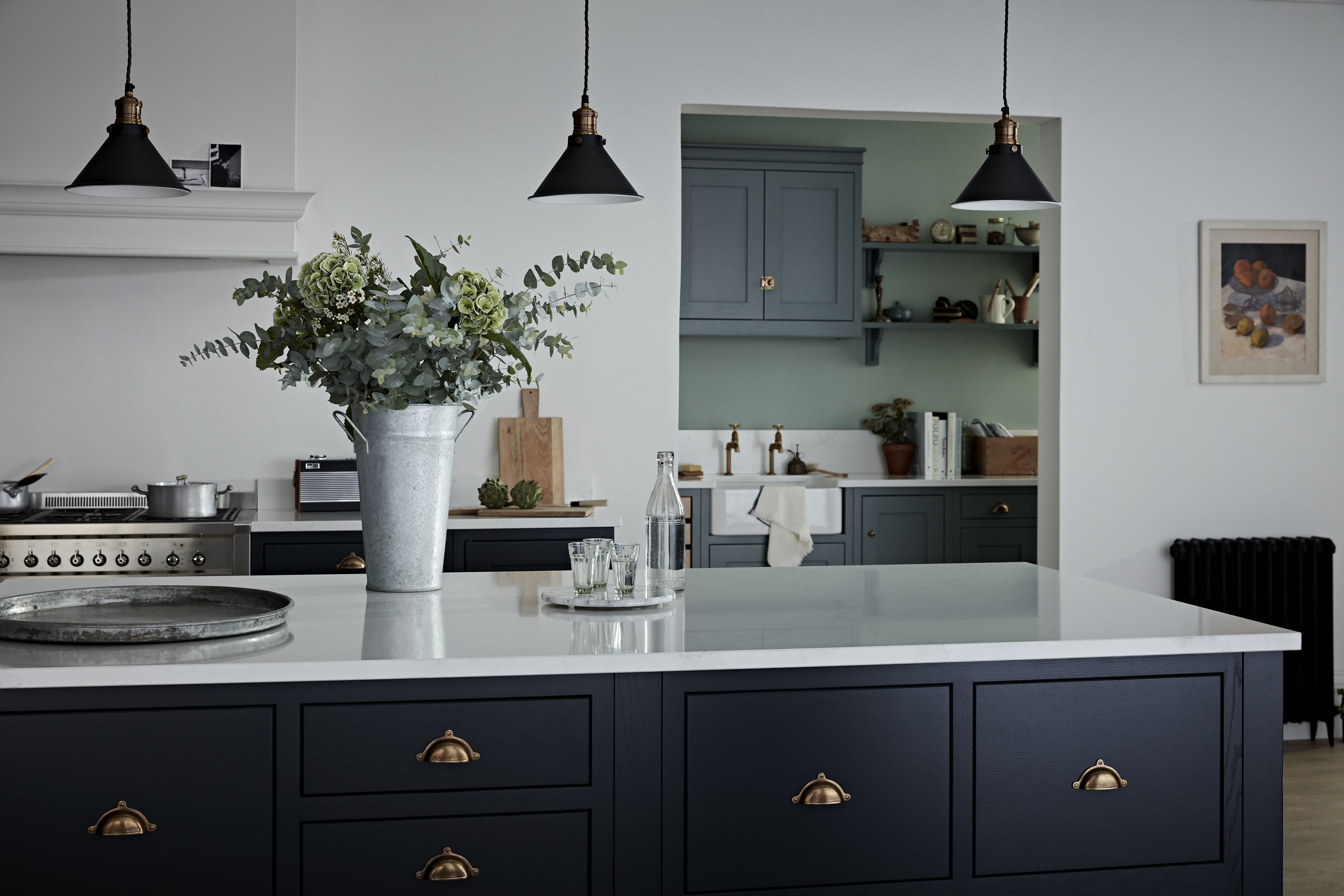
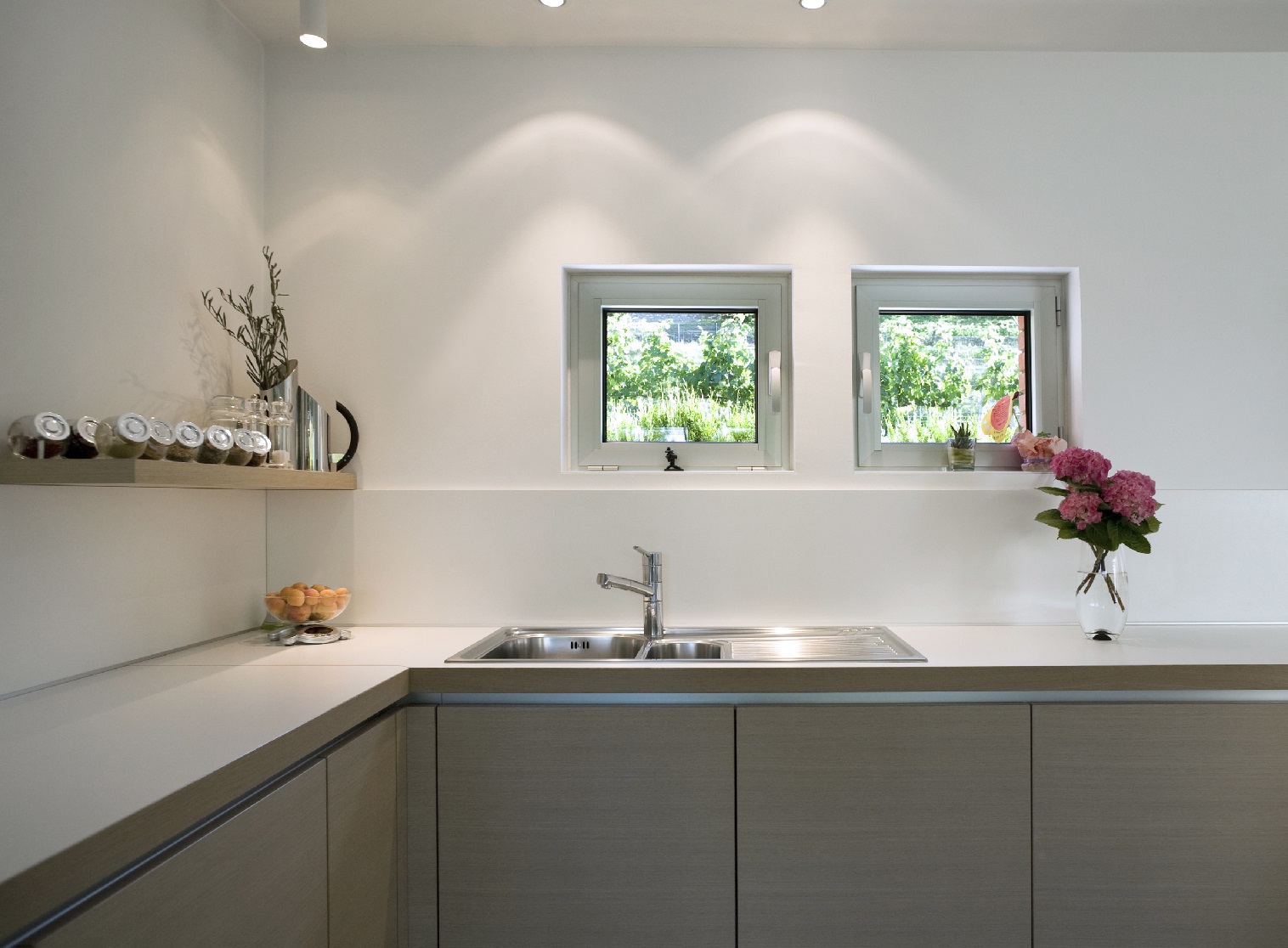

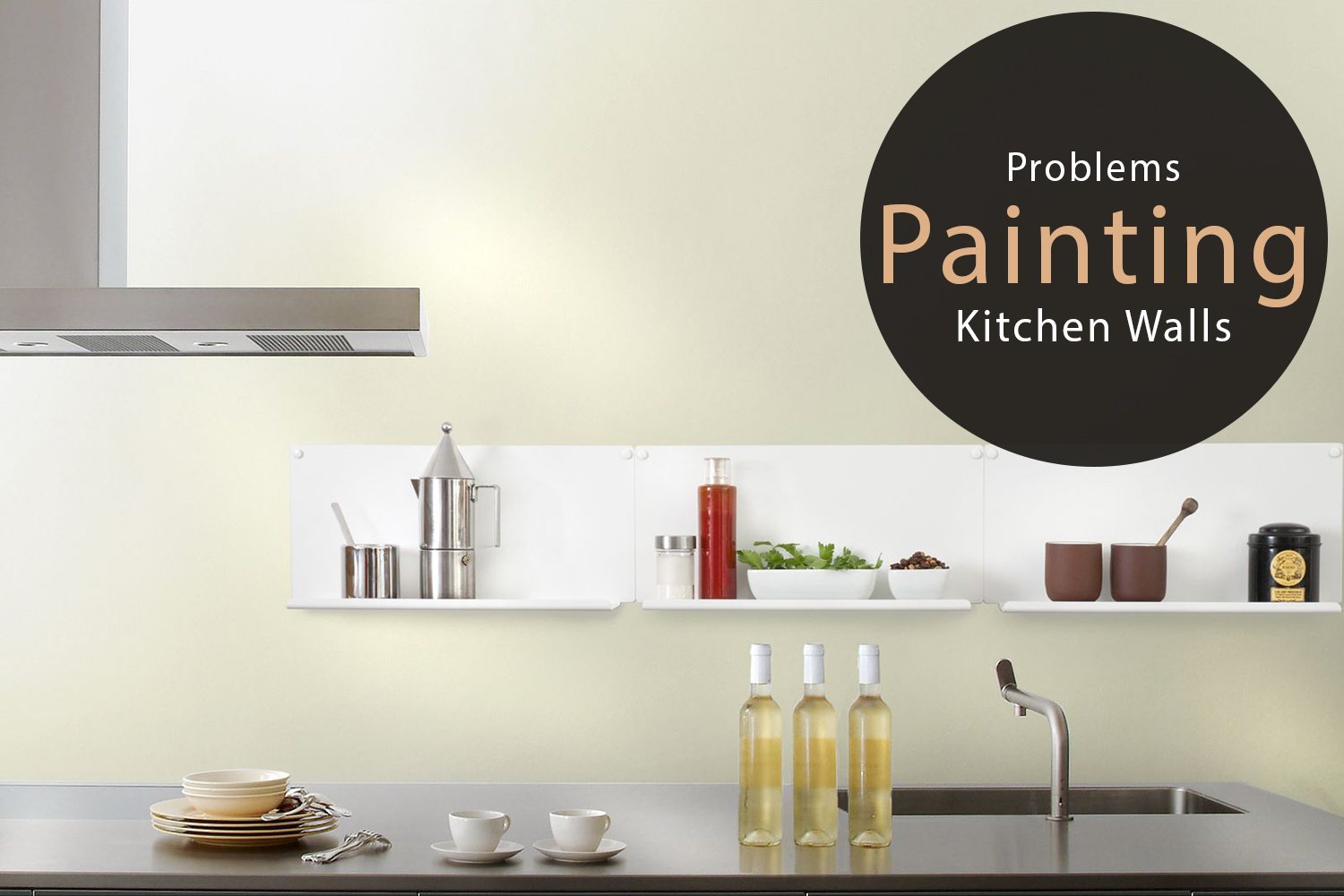
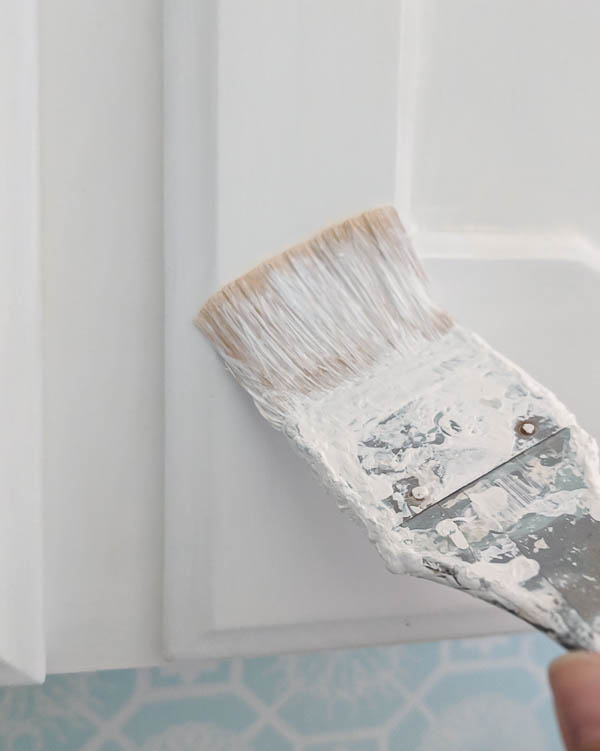



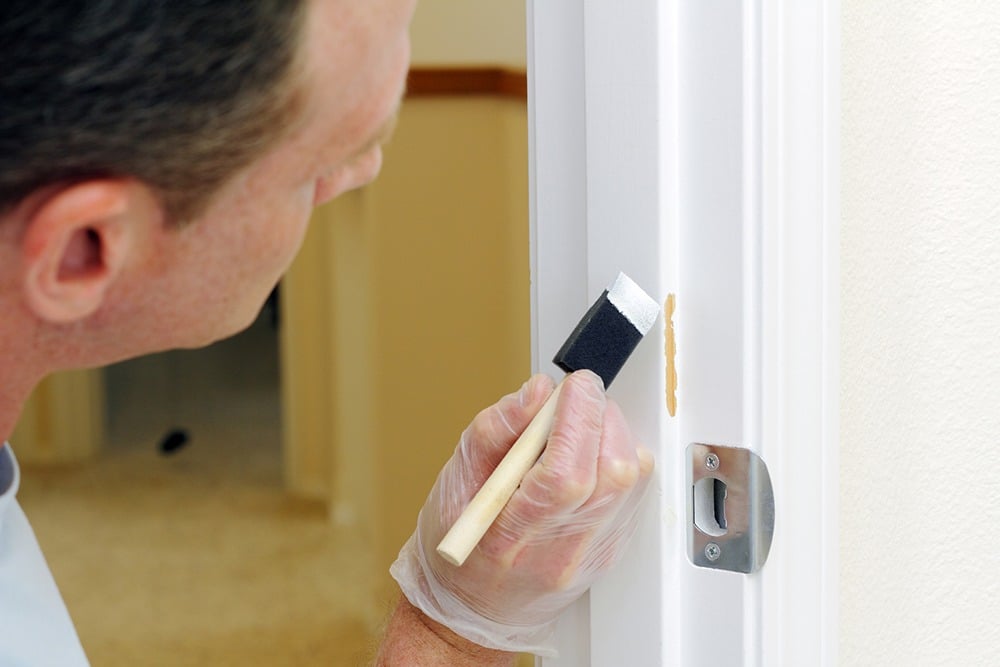


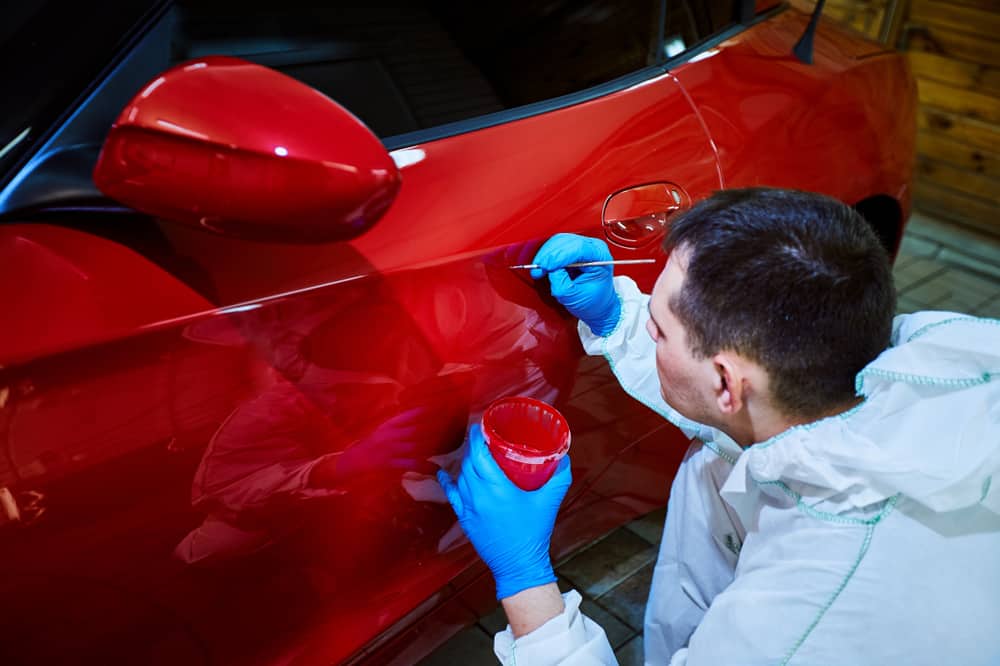









/GettyImages-183771871-5c49f74546e0fb00014c1b5a.jpg)




/how-to-install-a-sink-drain-2718789-hero-24e898006ed94c9593a2a268b57989a3.jpg)
